There are too many famous portraits and works of many painters to count in history. In this article, we have decided to list a few of the women’s portraits that have managed to show themselves the most among these works and have left their mark on history.
Every branch of art has its own difficulties. of course painting also takes its share from this situation. Some your works It can take days or even months to appear. But the fame and popularity they get in return is equivalent to that.
However, some works can continue to make people talk about themselves even after years. Portraits of women are a good example of this. In this article, his name is frequently mentioned in the history of art. famous women portraits We made a list.
Famous portraits of women that left their mark on history:
With its mythological theme: Birth of Venus
Sandro Botticelli’s Birth of Venus most iconic and distinctive It is considered one of the female portraits. The work, which deals with a mythological theme, depicts the time when the goddess Venus arrived ashore on a seashell after her birth. On his left, the wind god Zephyr creates breezes and helps him, while on his right, Bahar Hora, one of the three minor Greek goddesses, waits to cover Venus when he comes ashore.
One of the most mysterious paintings in history: Mona Lisa
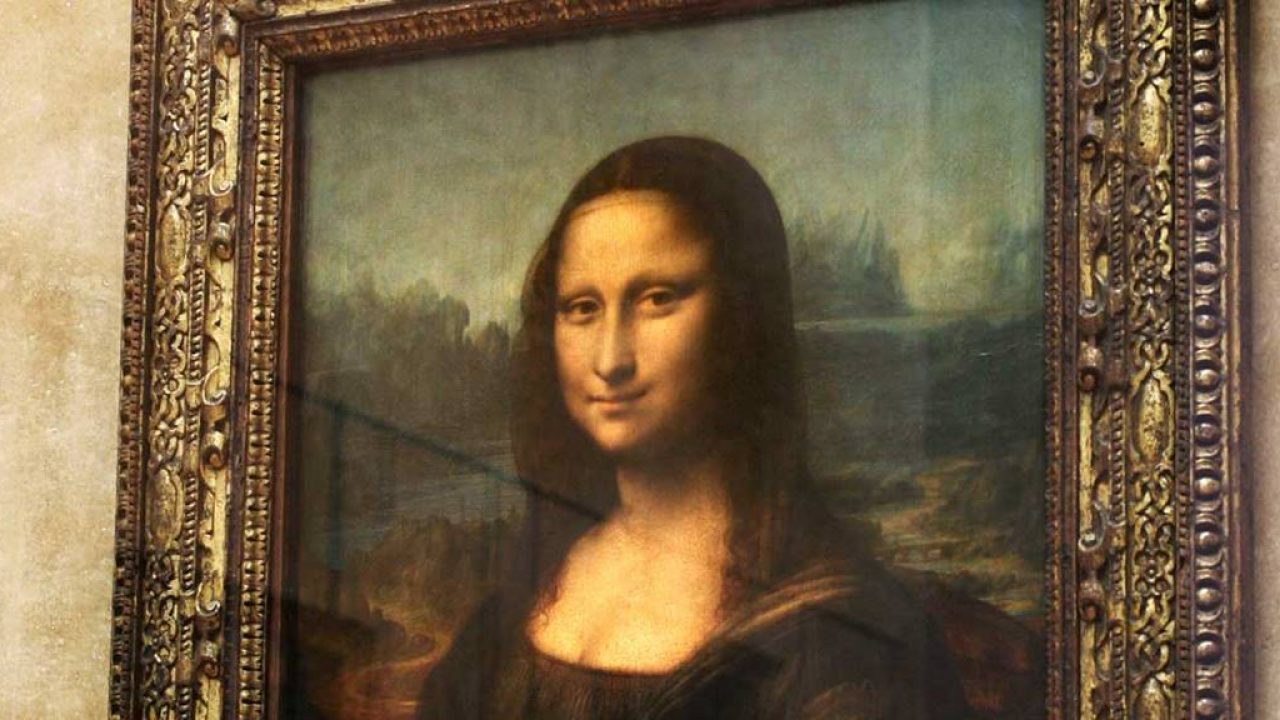
The Mona Lisa, which managed to reflect the Renaissance theme down to the finest detail, is one of the most famous female paintings in history. This work, made by Leonardo Da Vinci in 1506, belongs to a woman named Lisa Gherardini, who was married to a nobleman named Francesco del Giocondo. Da Vinci, who likes to reflect the relationship between nature and human beings in his works, applied the same theme on the Mona Lisa and made his hair fluctuate and combine with rivers and mountains in a very natural way. Mona Lisa’s mysterious look and smile is one of the details that made him so famous and talked about.
Dutch Mona Lisa: Girl With a Pearl Earring
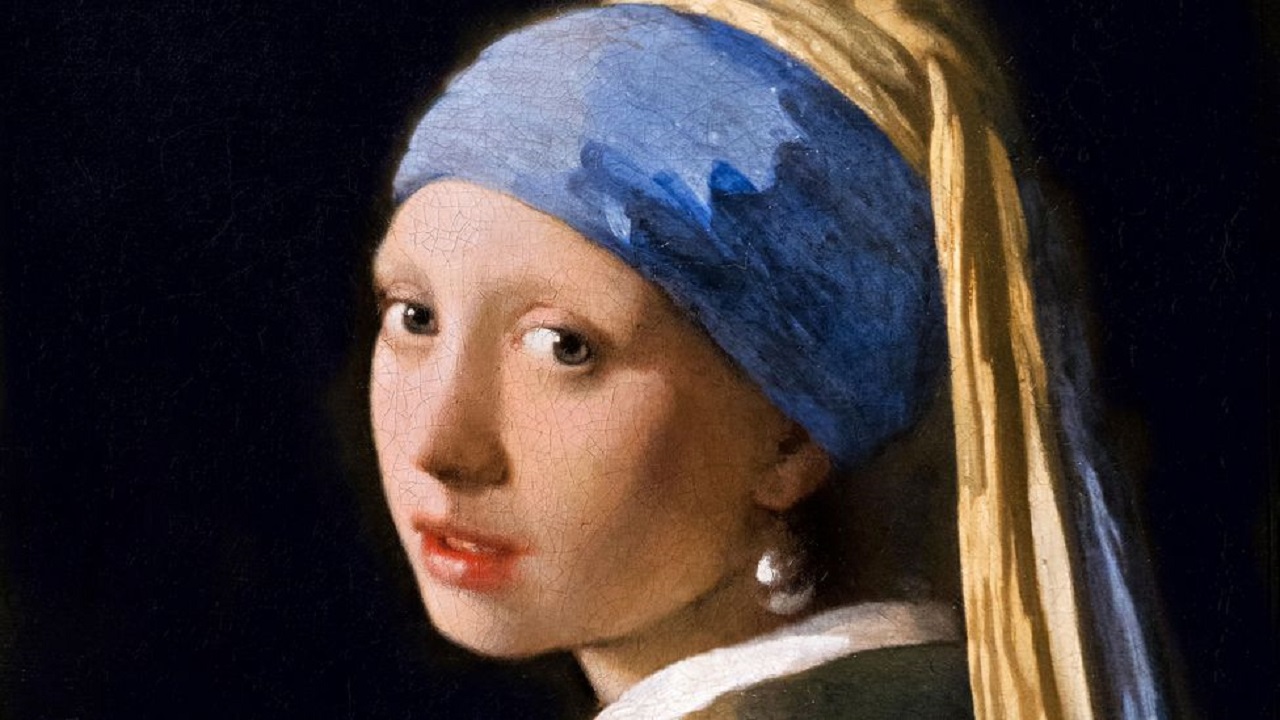
One of the Netherlands’ most famous works of art is the portrait of Girl With a Pearl Earring, known for its beautiful lighting and fine lines. The fame of the painting spread so much around the world, including the Netherlands, that this situation led to the painting’s “Holland’s Mona LisaIt made it known by many different names such as ”. But due to the recognition and popularity of the right earrings in the late 20th century, she was named Girl with a Pearl Earring.
Change of portraits of women: Portrait of Dora Maar
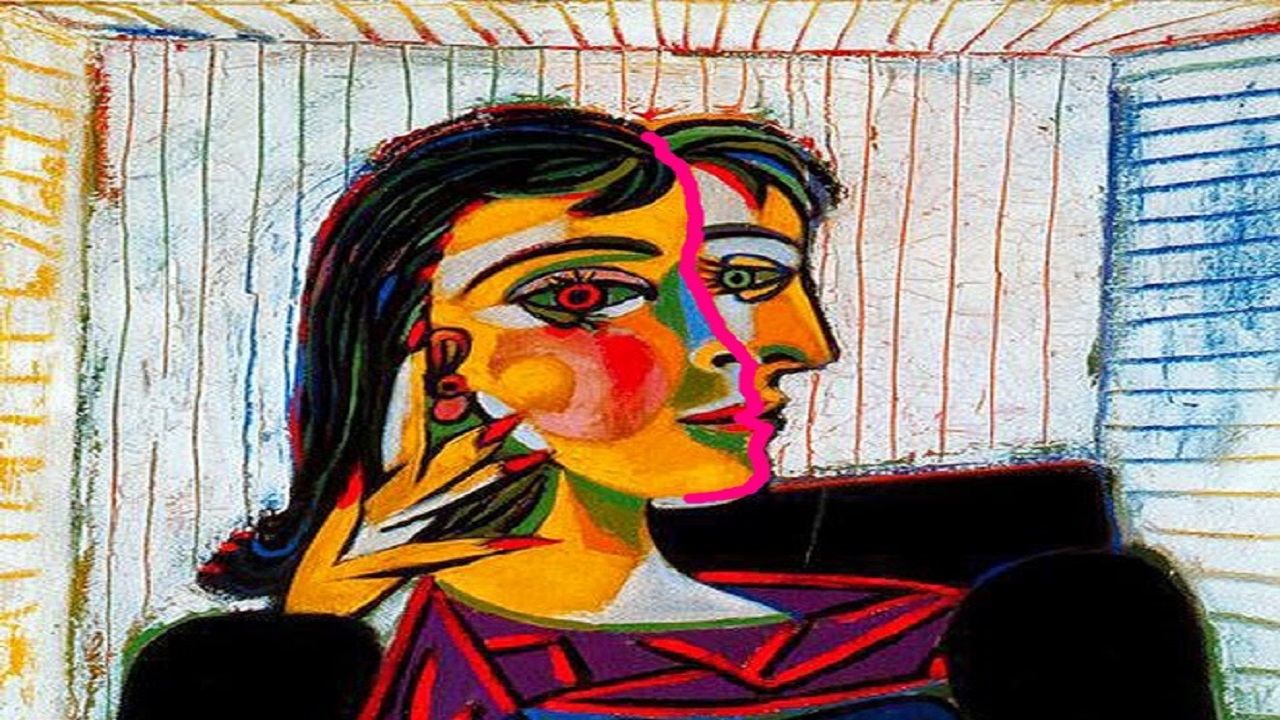
Picasso in 1938 landmark in the female portrait theme He painted the portrait of Dora Maar, which is considered to be the most important and will change the way women are portrayed. While making this portrait, he used a Yugoslavian photographer, Dora Markovic, as his model. Who would have guessed that the portrait that would emerge when the two met would be this big? Dora’s pose while sitting on the chair is especially evident on her face. One of the most distinctive features of Picasso’s work, a view from the front and in profile, is clearly evident in this painting. It also manages to retain realism by offering the audience a view from every aspect of the work.
Portrait of a mother: Whistler’s Mother
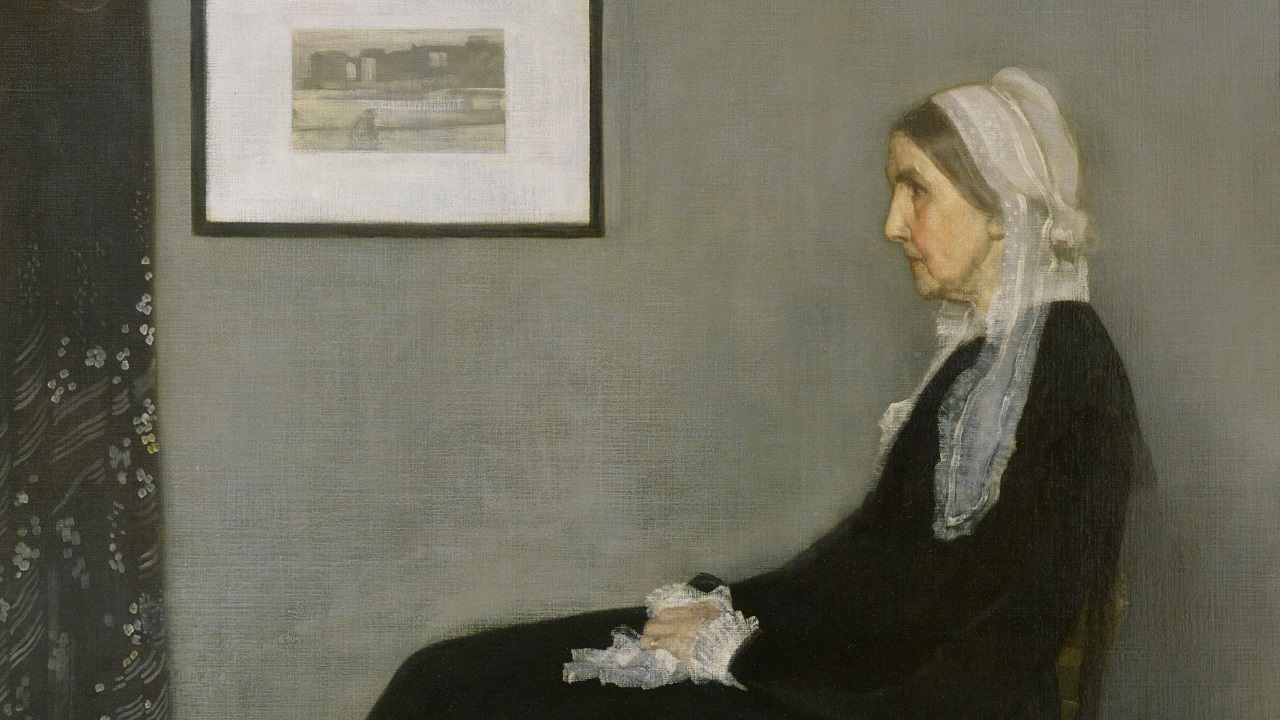
One of the most easily recognized portraits of James McNeill Whistler, with its popularity today, Whistler’s Mother is truly a work he created by using his own mother as a model. The purpose of the work was to depict the seated person as a mother. The tones of gray and black, which he often uses in his work, give the desired mood much better. His mother, Anna McNeill Whistler, was in her late 60s at the time of the portrait and is pictured sitting herself, as standing up constantly to model is too tiring.
A navigation theme: Woman With a Parasol
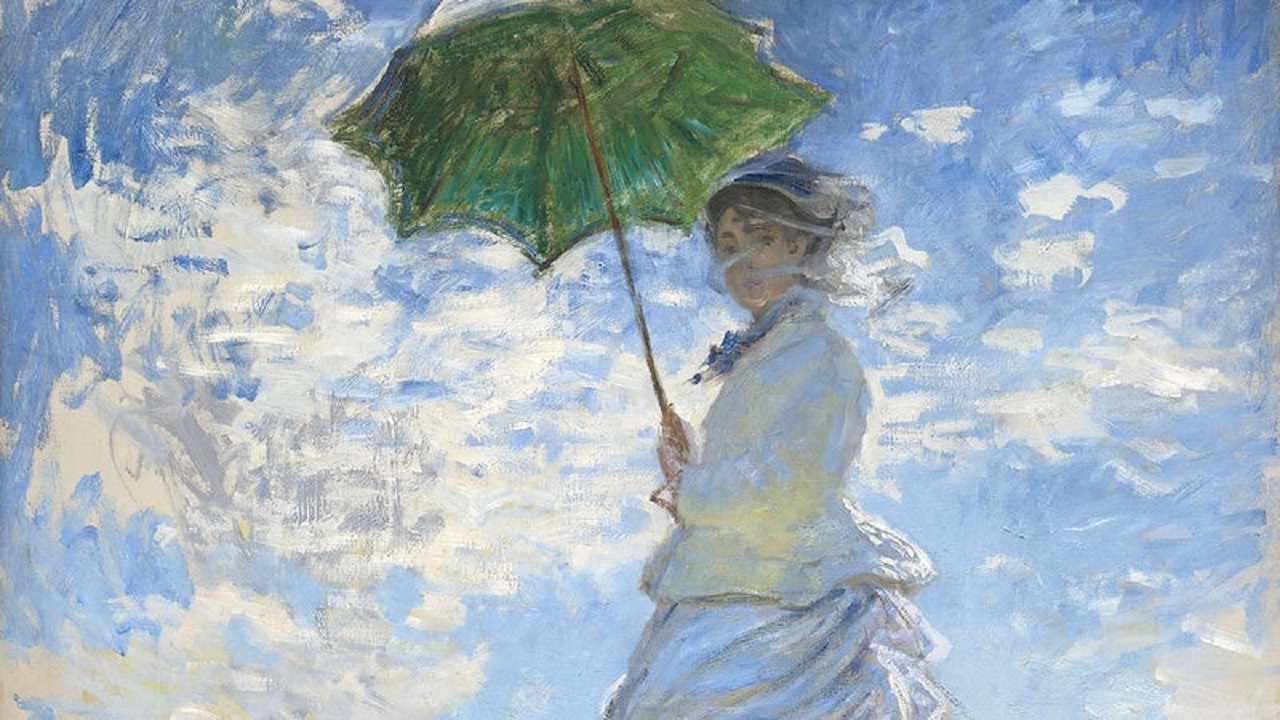
Woman With a Parasol portrays his wife and son walking through the meadow on a windy day in Argenteuil. Portrait reflecting the theme of wandering at the same time Beautifully exemplifies the typical impression style of Claude Monet. The spontaneous mood of the painting suggests that it may have been painted outdoors. About 10 years after the painting was made, Monet created two more works using his next wife’s daughter, Suzanne Monet.
Drinking afternoon tea was once a sign of wealth: The Cup of Tea
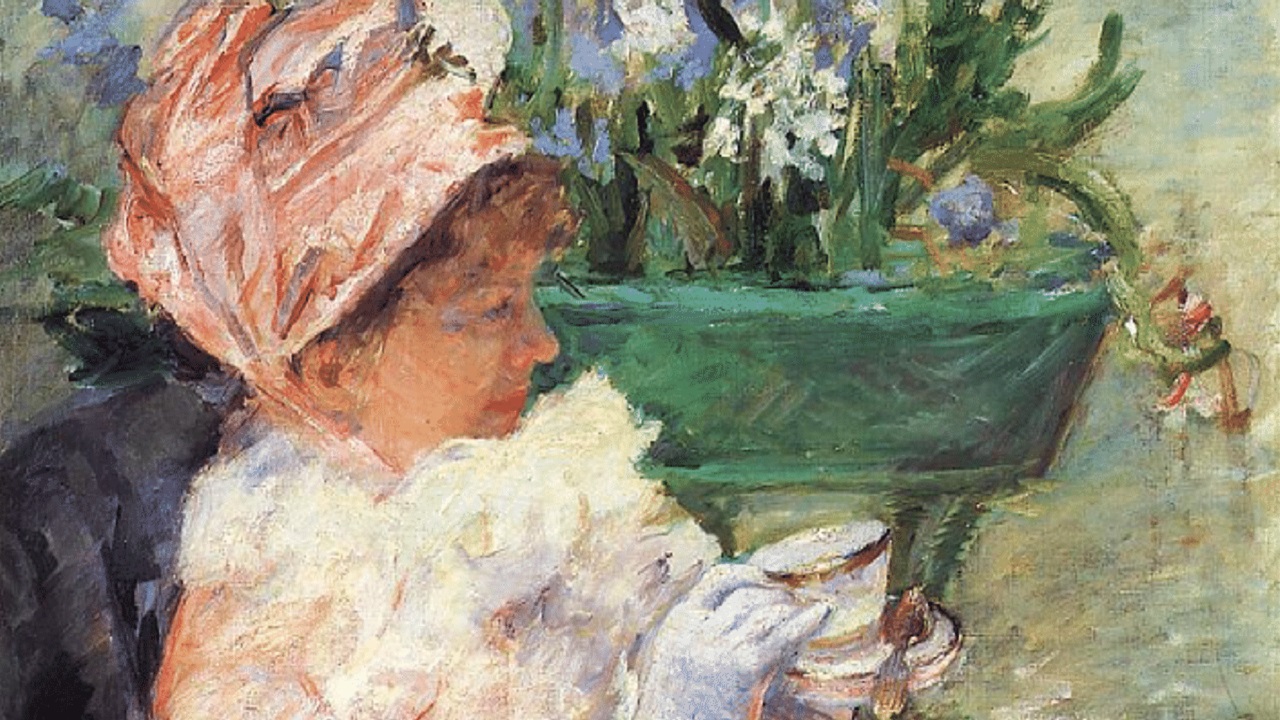
In the 1800s, drinking afternoon tea was a routine activity for wealthier women. Mary Cassat painted The Cup of Tea in 1881, did so as an example of his desire to portray everyday life as it is. Though separated from the rest of her family, Cassat continued to model her sister Lydia in many of his later works. Cassat’s works often stood out for their bright brushstrokes and contrasting colours. These details she used added her own impression to her work.
A brave portrait: The Portrait of Madame X
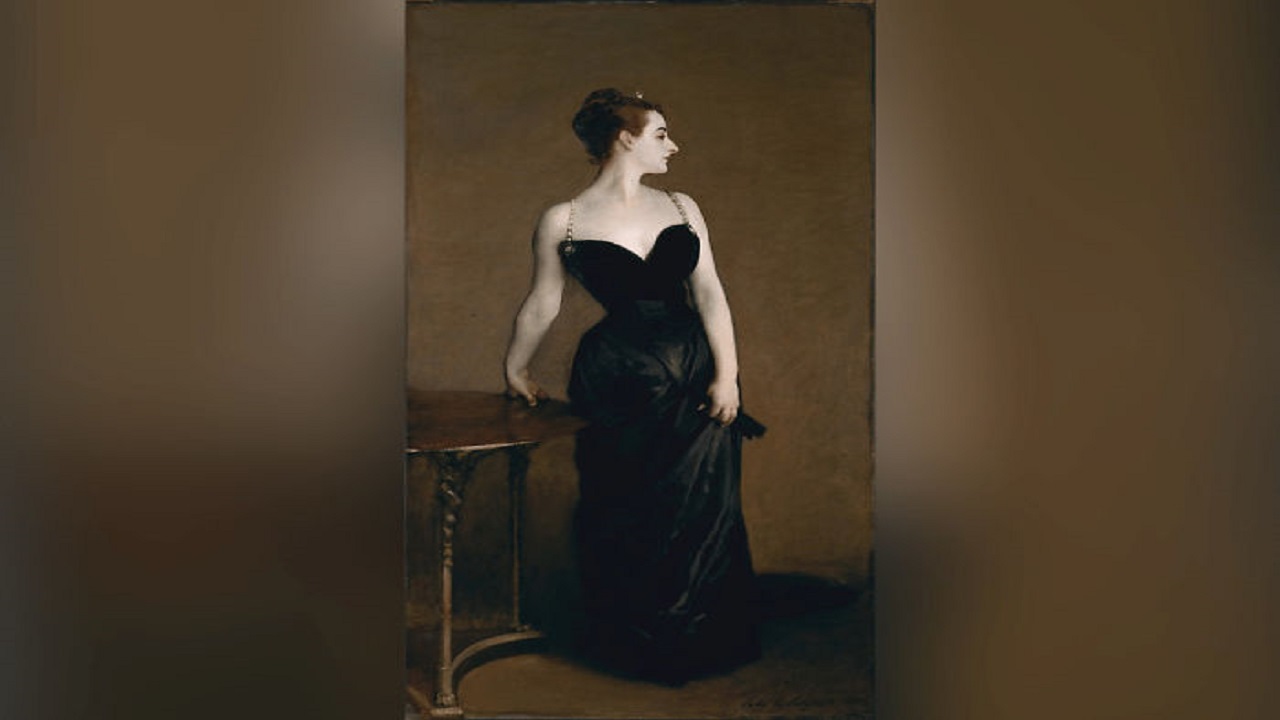
The Portrait of Madame X, one of his works that caused controversy in his time. Because it was claimed that the pose featured in the work was quite provocative from a sexual point of view. The number of people who approved this situation was quite large. John Singer Sergent painted the body in a very bold way, while painting the head in profile. The black satin dress used in the model was a detail that both hides and highlights the impressiveness.
Reflection of Italian Renaissance on art: The Crystal Ball
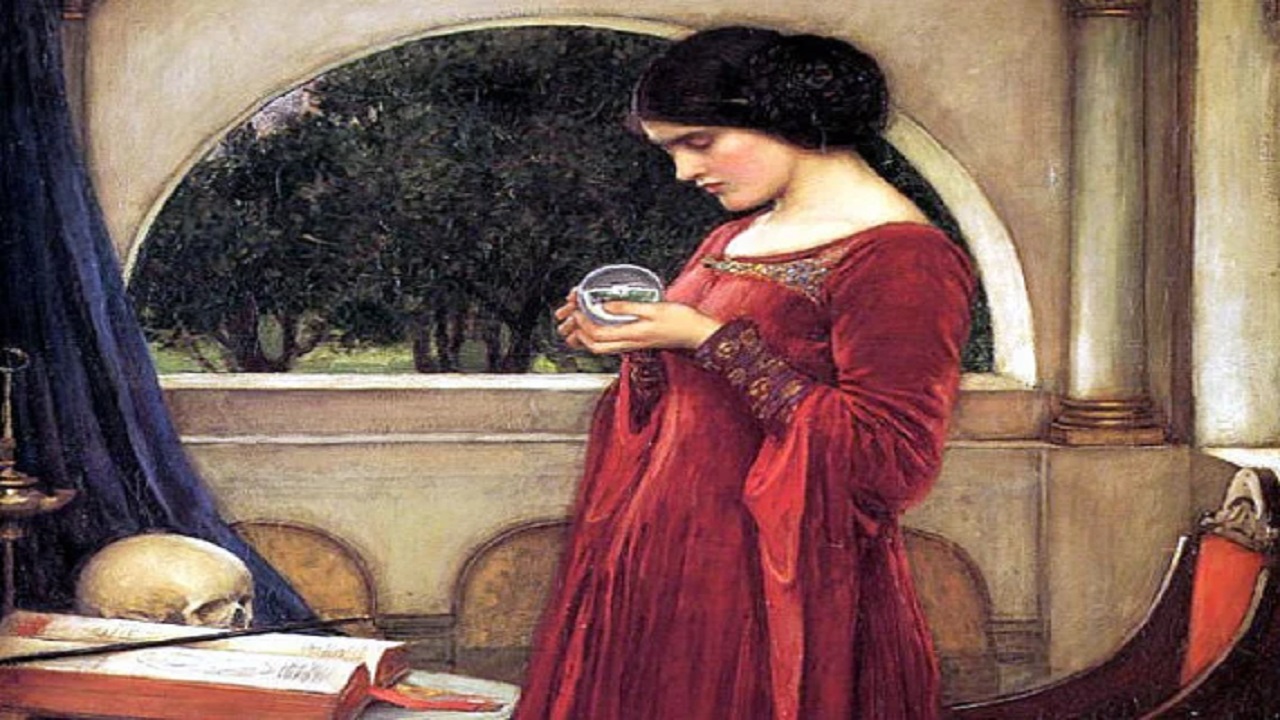
John William Waterhouse, with the influence of the Italian Renaissance, made The Crystal Ball in 1902 and the work in the same year. Exhibited at the Royal Academy. While the use of horizontal and vertical lines in harmony with each other in the work comes to the fore, when we compare it with the Gothic period, the wall arches used in the architecture of this period show the difference.
Dance of colors: Woman with a Fan
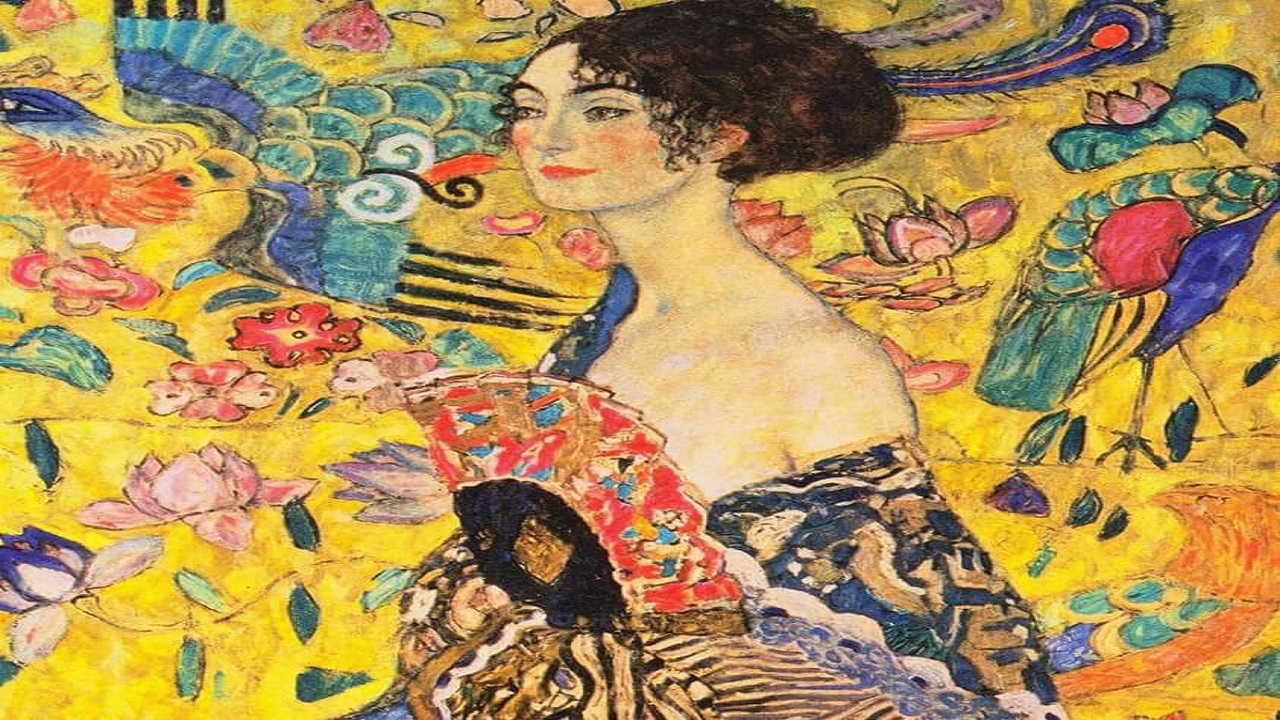
Standing out with its full use of the color palette, Woman With a Fan is a work by Gustav Klimt. ‘Also known as ‘The Enthusiasm of Colors’ this piece successfully represents the woodcut aesthetic and also reflects much of the Japanese theme. The painting, which perfectly represents the points of the artist’s artistic journey, also often includes decorative and fine touches.
